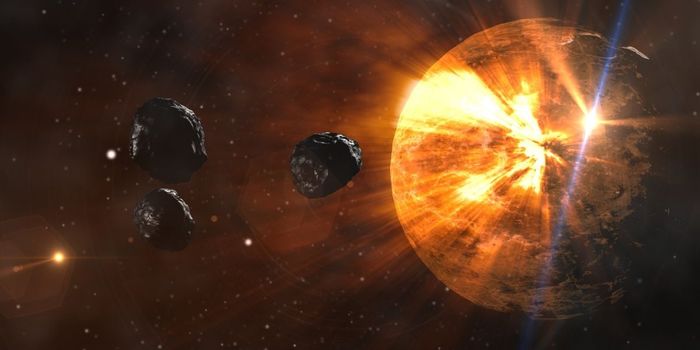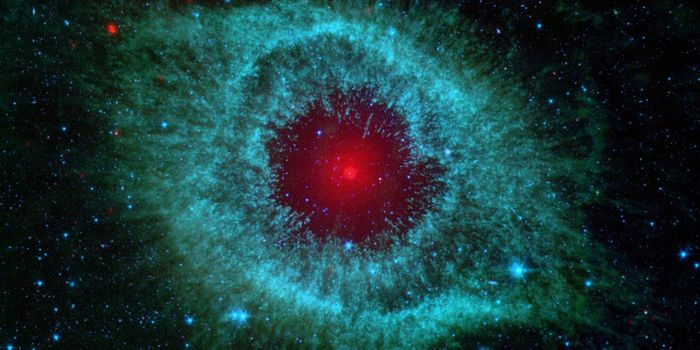Remember back in fourth grade when your mind was blown that the continents and oceans are all actually moving, very slowly, and that they used to be in different forms? The theory of plate tectonics is definitely one of the most paradigm shifting ideas in geology, and maybe you could use a refresher on how it works!
Plate tectonics move because they are carried along by convection currents in the upper mantle of the planet (the mantle is a slowly flowing layer of rock just below Earth's crust). Hot rock just below the surface rises and when it cools and gets heavy, it sinks again. In this way, converging plates push into each other while diverging plates pull away from one another, effectively creating mountains and volcanoes (and shape-shifting continents).
But hold up. Did you know that some tectonic plates are actually moving faster than the currents that drive them? Take the Nazca plate for example (which covers the Pacific Ocean along South America). The Nazca plate is moving at a rate of approximately 10 centimeters per year while the mantle under it is only moving at 5 centimeters per year. How does this work, you ask?? Well it happens because of a phenomenon called subduction, which is when a tectonic plate of ocean crust collides with a denser plate of continental crust and basically slides underneath it. The farther the ocean crust slides under the continental crust, the more it pulls on the rest of the plate, making it move faster than it would if just the current itself were responsible for its movement. This process of subduction actually spurs convection currents on its own because when ocean crust slips beneath continental crust, it not only inhibits the continental crust from moving horizontally, but it also creates a suction force that pulls mantle material along with it! How cool are plate tectonics!








